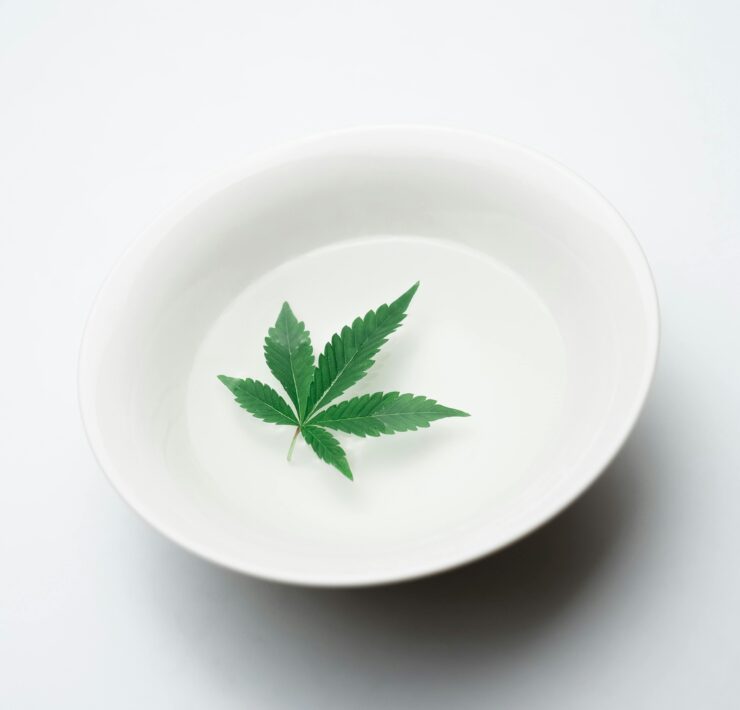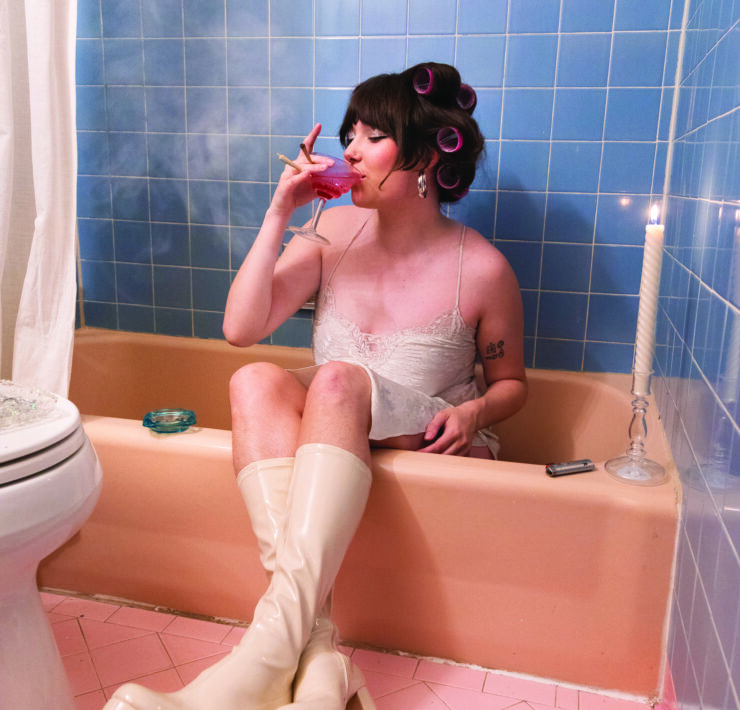The Legal Dilemma: Cannabis Inequality and People of Color

Three years ago, Halsey’s single “New Americana” hit the airwaves. The indie pop song off her debut album, Badlands, served as commentary on pop culture and was met with mixed reviews. Some listeners found the satirical lyrics about self-made wealth and Nirvana/Biggie references too obvious. More interesting than the singer’s musings on the internet’s impact on American youth, however, was her quick mention of legal cannabis.
We Are the New Americana
High on legal marijuana
In an interview following the song’s release, Halsey conveyed that this “New Americana” was made up of a generation of “woke” youth steeped in each other’s culture, unafraid of diversity, a group that was possibly biracial and possibly gender ambiguous.
The romanticism of America as the ultimate melting pot isn’t new. It is, however, problematic, especially when referencing drug use. It can teeter on the tricky line of color blindness, concluding that legality means equity, pushing aside the fact that people of color are targeted more often for drugs and crime and punished more harshly.
A report by the ACLU titled The War on Marijuana in Black and White found that cannabis accounts for over half of the drug related crimes in the United States. States first started decriminalizing cannabis, then began legalizing for medical purposes, and eventually, for recreational purposes. Currently, cannabis is legal for medical use in 30 states and recreational use in nine. Federally, the drug is an illegal substance.
The disparity in attitudes and treatment when it comes to cannabis and race can be seen all over the country, and especially in Colorado, as the state is a leader in the cannabis industry. In 2016, NPR published an article online titled As Adults Legally Smoke Pot In Colorado, More Minority Kids Arrested For It. They found that because pot is legal if you are over 21, juveniles are being arrested at higher rates, and especially black and Latino youths.
“A Colorado Health Department survey found there wasn’t a huge racial difference in who smokes pot. But the marijuana arrest rate for white 10- to 17-year-olds fell by nearly 10 percent from 2012 to 2014, while arrest rates for Latino and black youths, respectively rose more than 20 percent and more than 50 percent,” the article reads. It goes on to cite the reasoning behind these arrests to “complaint-driven” cases as well as the marijuana industry’s lack of people of color. Because the industry is white-dominated, so are its customers. By leaving out communities disproportionately arrested and incarcerated by the criminalization of cannabis the industry is leaving the illegal market to them as well, continuing the cycle.
“…Communities of color bear the brunt of the impact of discriminatory enforcement of drug laws. That is not necessarily because there is a higher prevalence of drug usage happening within these communities. It’s because there is a laser focus on these communities,” said Ru Johnson, owner of local PR organization Roux Black Consulting. As a person of color who works in the music and entertainment industry, she has seen her share of disproportionate ways communities of color are affected by “draconian law enforcement.”
“I am 34 years old, and I have been around long enough to remember before marijuana was legal and the implications that laws created around its usage and its possession as well as other drugs that have impacted communities of color,” she continued.
The NAACP reports that, while African Americans and whites use drugs at similar rates, African Americans have an imprisonment rate for drug charges that is over five times that of whites. In general, African Americans are incarcerated more than five times the rate of whites, and while they and Hispanics make up about 32 percent of the population, they represent 56 percent of incarcerated people as of 2015. These and similar studies led the NAACP to find that if these populations were incarcerated at the same rates as their white counterparts, prison and jail populations would decrease by almost 40 percent.
Unjust: How the Broken Criminal Justice System Fails LGBT People of Color is a study that examines how anti-LGBT discrimination further discriminates against communities of color. It finds that one in five young people in U.S. juvenile helps boost the economy, regulate cannabis.., and support public…, but it continues to harm… justice facilities identifies as LGBTQ. Eighty-five percent of these individuals are youth of color.
The legalization of marijuana has helped with boosting the economy, regulating cannabis for consumer safety, and supporting public programs through taxation, but it has continued to harm the communities that its criminalization hurts the most.
While it’s true that so many people in the country are high on legal cannabis so many diverse people at that, the implications and consequences are disproportionate. Everyone can smoke, but not everyone feels safe doing it.










